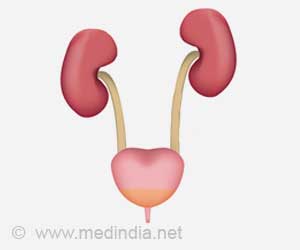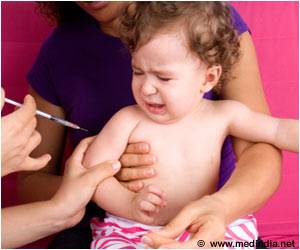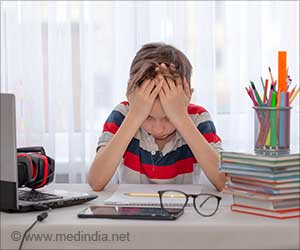Kamini Tumda (a 4 year old girl) lies in a hospital bed mourning in agony and pain, as a nurse gently removing flakes of tender skin that hang from her body.
Her condition seems to be life threatening, when swollen limbs stick out from a bony frame (a classical sign of malnutrition) was seen.Bharat Mahale, one of the doctors treating the girl in the western state of Maharashtra, just 125 km (80 miles) from India's generous and wealthiest city, Mumbai,said she has ‘malnutrition with kwashiorkor’ and she also suffers from tuberculosis and pneumonia.
Since Kwashiorkor was caused by a low protein diet, it scars the lifetime, and it leaves children with flaky, scaly skin, thinning hair and hepatomegaly called the last stage of malnutrition. Other symptom like pot-belly also shows.
UNICEF, a child welfare agency, reported earlier in this month, that 57 million of the world's 146 million malnourished children under the age of five were in India and about half of the childrens below 5 years were underweight.
Statistical news says, about 1.2 million children under age five in India die from malnutrition.
. In Tumda's village, companions with emerging symptoms of malnutrition were found with reed-thin limbs and wearing tattered clothes.
Advertisement
India has long been struggling with hunger amid plenty, due to real shortages in its poorest states, shoddy management of food stocks, lack of adequate storage and social injustice.
Advertisement
V. Ramani, director-general of the state-run Nutrition and Health Mission says, ‘Economic growth alone is not a guarantee that its benefits will percolate to every segment of society,’ V. of Economic and social issues make the problem big.
Many of India's countryside superstitious mothers, only begin to breastfeed their babies three days after giving birth, thinking that the yellow colostrom, what a mother produces after a pregnancy and a rich source of protein and which gives protection against infection, is unhealthy and dirty.
WELFARE NEEDS
World Bank says that in the poorest countries malnutrition slashes three percent from annual economic growth. Malnourished children are more prone to infections, including HIV. The situation has improved: ten years ago more than six million children died every year in India from malnutrition.
. In India each village has a child nutrition center where mothers can have their sons and daughters monitored, but only 15 percent of under-fives attend. India is in need of direct welfare programs focusing on children for survival.





